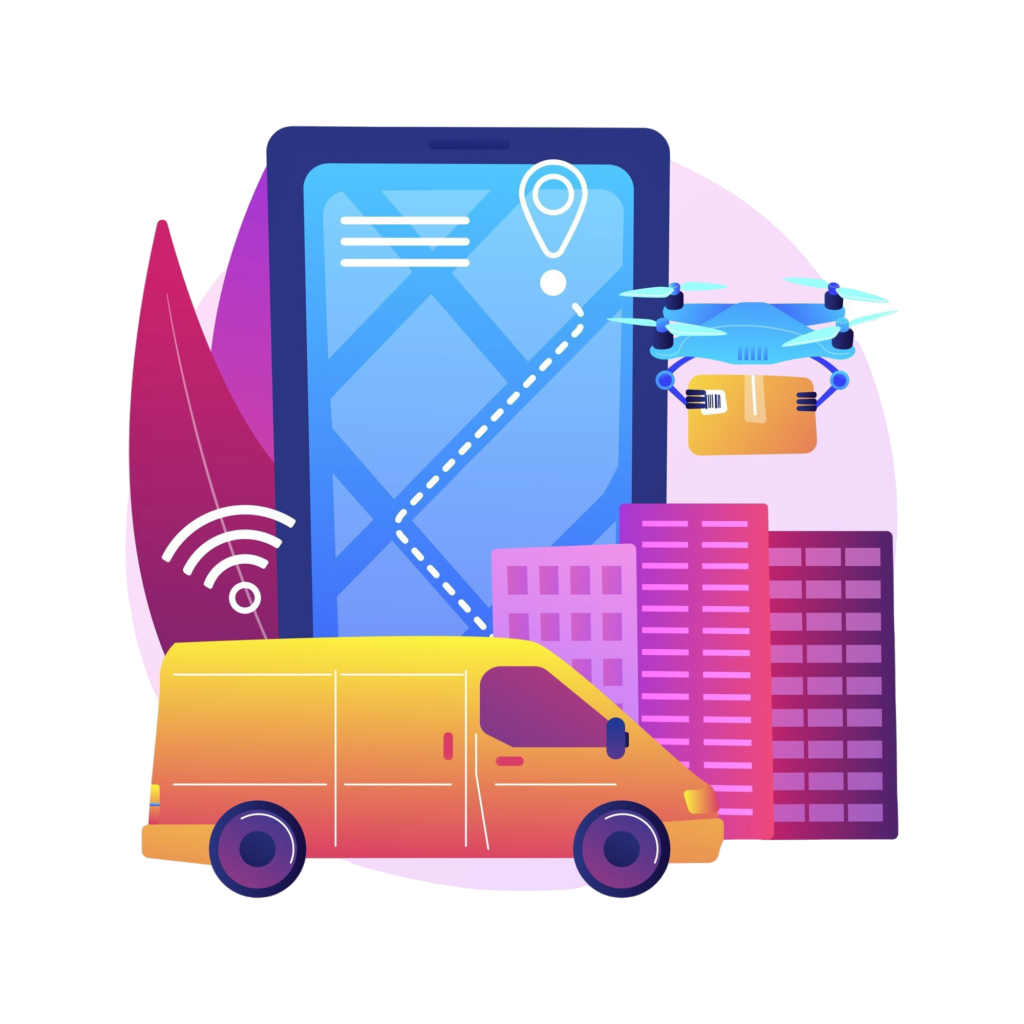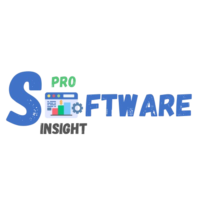The Ultimate Guide to Resource Management Software 2025

Table of Contents:
Intro
- What is Resource Management Software?
- How Resource Management Software Benefits Businesses
- Challenges in Implementing Resource Management Software
- Conclusion
Managing resources effectively is a fundamental aspect of running a successful business. Whether it’s allocating personnel, tracking project timelines, or optimizing budgets, having the right tools in place can make all the difference. This is where resource management software comes in—a digital solution designed to streamline planning, utilization, and oversight of an organization’s resources. In this guide, we’ll explore how these tools work, their benefits, challenges, and key considerations for selecting the right one for your business.
What is Resource Management Software?
Resource management software is a specialized tool that helps organizations plan, allocate, and monitor resources such as employees, equipment, budgets, and time. These solutions provide a centralized platform where managers can track availability, prevent resource conflicts, and ensure efficient utilization. Industries such as IT, construction, healthcare, and marketing rely on these tools to maintain workflow efficiency and project success.
How Resource Management Software Benefits Businesses
1. Optimized Resource Allocation
One of the biggest benefits of using this type of software is the ability to assign the right resources to the right tasks at the right time. Intelligent scheduling features help avoid overbooking or underutilization of resources, improving overall efficiency.
2. Improved Project Planning
By integrating resource planning with project management, businesses can ensure smoother execution. Managers can anticipate potential bottlenecks, adjust schedules accordingly, and improve deadline adherence.
3. Enhanced Team Collaboration
Many resource planning tools include collaborative features, such as shared calendars, task assignments, and real-time communication, ensuring that teams stay aligned and productive.
4. Cost Efficiency
By tracking resources effectively, businesses can reduce wastage and unnecessary expenses. Forecasting tools help in budgeting more accurately, ensuring financial sustainability.
5. Data-Driven Decision Making
Advanced analytics provide valuable insights into resource usage patterns, helping managers make informed decisions to optimize performance.
Challenges in Implementing Resource Management Software
- Complex Implementation: Integrating resource management software with existing workflows can be challenging, especially for large organizations. Proper training and a phased implementation approach can ease this transition.
- User Adoption Resistance: Employees may resist adopting new software, particularly if they find it complex or disruptive. Providing adequate training and emphasizing long-term benefits can encourage smoother adoption
- Customization Needs: Different businesses have unique needs, and a one-size-fits-all solution may not always work. Choosing software with customization options can help align it with specific operational requirements.
- Data Security Concerns: Since resource planning involves handling sensitive data, security is a top priority. Opting for software with robust security features and compliance with industry standards is crucial.
Conclusion
Resource management software is an invaluable tool for businesses aiming to enhance efficiency, optimize workflows, and maximize resource utilization. While challenges in implementation exist, choosing the right platform and ensuring proper adoption strategies can lead to significant long-term benefits. Investing in a robust resource planning solution can be a game-changer in improving productivity, reducing costs, and driving business success.
